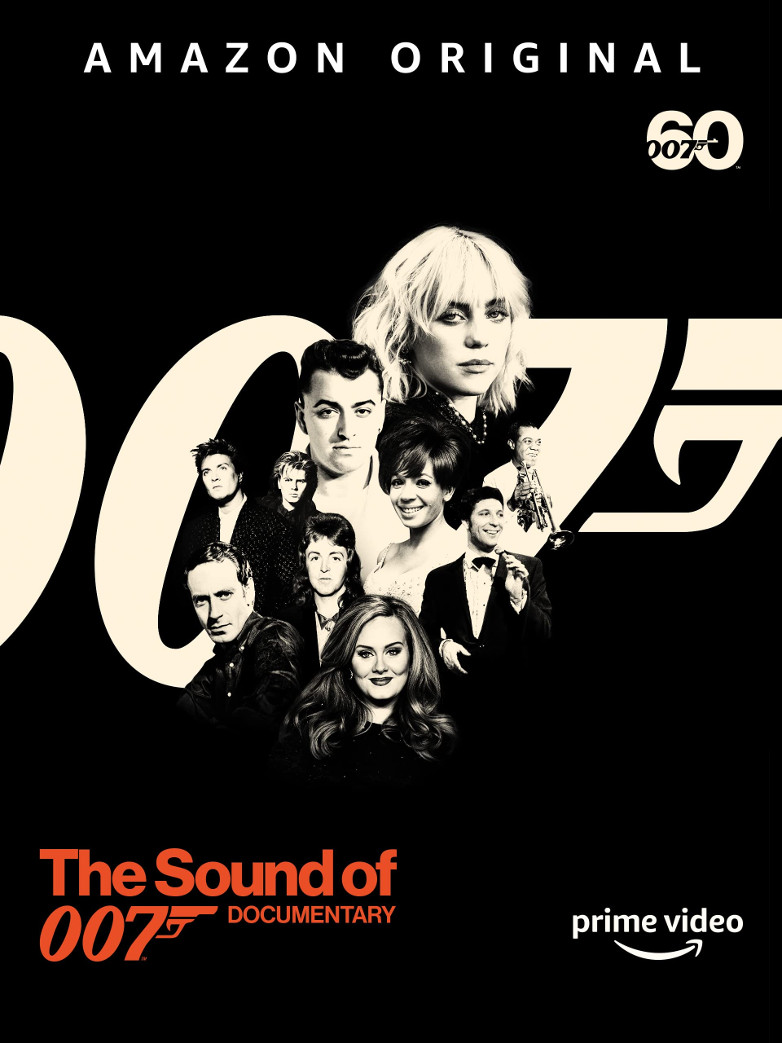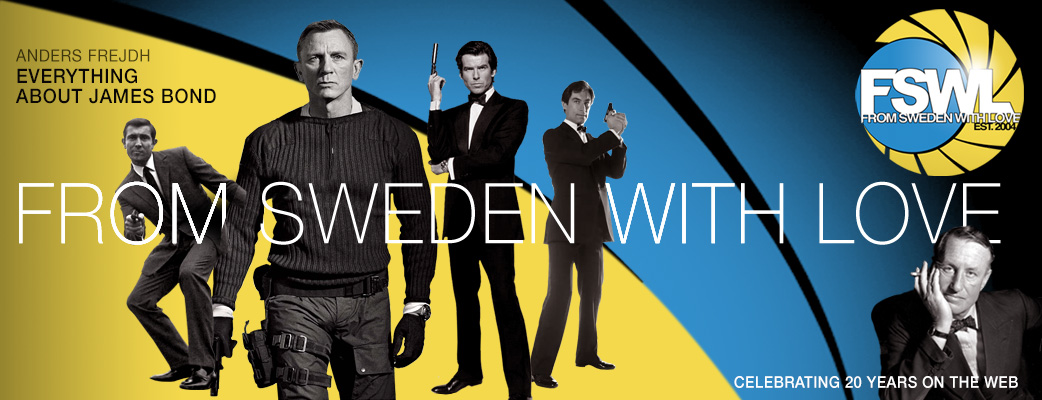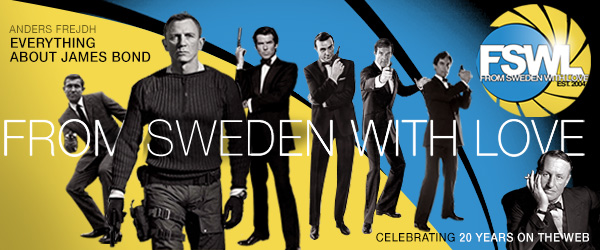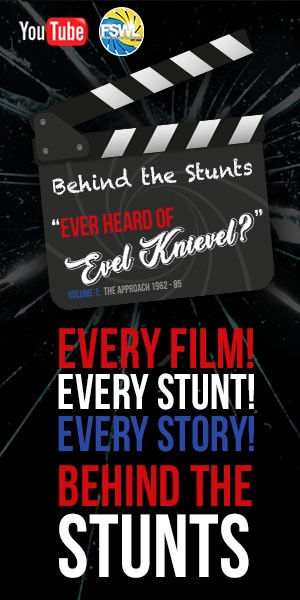Website last updated: 24-10-2025
Home
Competitions
Event
FSWL Merchandise
In Memoriam
Interviews
James Bond 007 articles
James Bond 007 collection
James Bond 007 films
James Bond 007 games
James Bond 007 literature
James Bond 007 news
James Bond 007 products
James Bond 007 shop
James Bond 007 stars
James Bond Fan Clubs
Swedes in the Bond films
Review of new James Bond documentary The Sound Of 007
By: Brian James Smith
Published:
2022-10-19
2022-10-19

The Sound Of 007 is directed by Mat Whitecross whose Midas touch includes Coldplay and Take That music videos, and documentaries such as The Road To Guantanamo and Supersonic, charting the early years of Oasis.
Official trailer for The Sound Of 007:
In the absence of narration, the story is told through the input of various musicians, filmmakers and journalists (including Lulu, Sheena Easton, LTJ Bukem, Thomas Newman, Paul Epworth, Jimmy Napes and Sir Sam Mendes) as well as archival interviews. Don Black, Sir Tim Rice and John Taylor offer interesting and honest testimony of collaborating with John Barry. FSWL reader Jon Burlingame, author of The Music Of James Bond (originally published in 2012), and film critic Jason Solomons are particularly insightful. With reference to the muted horns in the scores, Solomons observes that ŌĆśthereŌĆÖs just a little dampener to it. ItŌĆÖs like the silencer of a gun.ŌĆÖ
The first piece of music to be explored is the ŌĆ£James Bond ThemeŌĆØ, naturally such a perfect place to start. It is pleasing that Monty Norman is not only duly acknowledged as the originator of the theme, but is also celebrated for his wider work on Dr. No (1962). When John Barry was brought in to arrange and record NormanŌĆÖs theme, he redefined cinema music and the sound of 007 was born.
Like Hans Zimmer 58 years later, Barry did not write the song on his first Bond film as composer, From Russia with Love (1963). However, he still used Lionel BartŌĆÖs melody to great effect throughout his score. Barry struck gold with the third film, not only scoring Goldfinger (1964), but also writing the theme song which became an integral part of the musical flavour of the film. Thus, the focus of the documentary shifts to what David Arnold calls the ŌĆśfinest of the art formsŌĆÖ ŌĆō the songs.
Not every composer or title song artist is required to tell this story, although they are all present in the closing credits montage. Within his narrative, Whitecross also weaves the story of the Billie Eilish/Finneas OŌĆÖConnell/Hans Zimmer/Steve Mazzaro/Johnny Mars collaboration for No Time To Die (2021), a case-study in the symbiotic relationship between the song, the score and the Bond sound. ŌĆśThere is a seductive quality in all the songs,ŌĆÖ observes Hans Zimmer, whose deconstruction of the ŌĆ£James Bond ThemeŌĆØ is highly praised by Jon Burlingame. ŌĆśThey promise you inevitably that your heart will be broken, and you canŌĆÖt wait for them to break it.ŌĆÖ
The film also recognises some of the artists who got so close but were denied. ThereŌĆÖs a fascinating piece on RadioheadŌĆÖs song for Spectre (2015). An emotional moment occurs when Barbara Broccoli recalls sitting down with Amy Winehouse to discuss the story of Quantum of Solace (2008). At the time Winehouse was suffering from a potentially career-ending drug problem. She failed to produce the lyrics of the song or show up for meetings with David Arnold and Mark Ronson. Jack White joined the project and wrote ŌĆ£Another Way To DieŌĆØ. In the documentary White provides a self-deprecating assessment of his song (which has always been a favourite with this writer).
Michael G Wilson talks about the ability of music to connect to our unconsciousness, ŌĆśand thatŌĆÖs what John Barry and David Arnold, Tom Newman and Hans Zimmer are masters of.ŌĆÖ John Barry created the sound of Bond, a musical language which says as much, if not more, about the character than any dialogue. When we hear the first strains of Louis Armstrong's ŌĆ£We Have All The Time In The WorldŌĆØ (originally featured in the 1969 film On Her Majesty's Secret Service starring George Lazenby) in No Time To Die, we understand where Bond is emotionally, no exposition is necessary. Sixty years of Bond music has tuned the audience into this shorthand. ŌĆśWhat weŌĆÖve been talking about,ŌĆÖ says Zimmer, ŌĆśis that thereŌĆÖs an overall Bond language that was established by John Barry. We always use that as our touchstone.ŌĆÖ
Whitecross delivers a fascinating and visually engaging story about the invention and evolution of the Bond sound through the decades. Rather than a film-by-film resum├®, The Sound Of 007 ebbs and flows between films to create a compelling narrative that makes the most of its 90-minute runtime. If thatŌĆÖs all we have you will find we need nothing more.
Review by Brian Smith. Copyright ┬® 2022 From Sweden with Love. All rights reserved.
Tags:
#60th_film_anniversary
#brian_james_smith
#documentaries
#john_barry
#monty_norman
#music
#reviews
#soundtracks
Tweet








